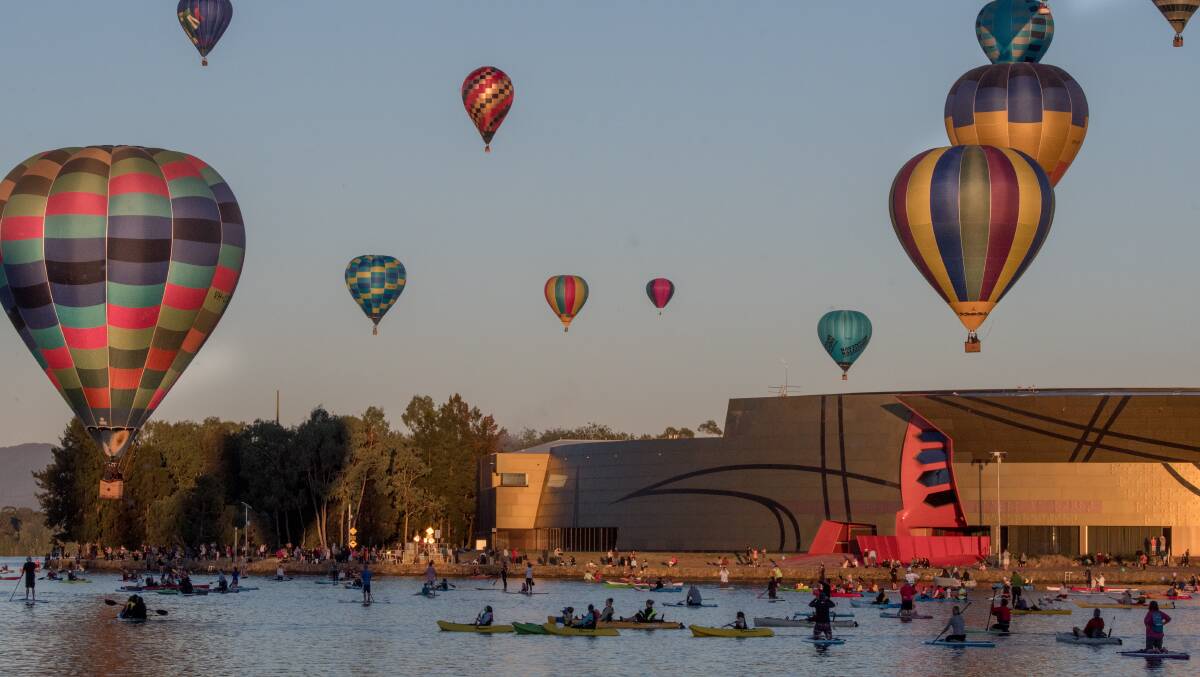
The tourism sector faces a gradual recovery and will play "catch-up" with other countries after the nation reopens its international border to tourists today, industry experts and leaders say.
Prime Minister Scott Morrison has called for holidaymakers overseas to visit and spend up in Australia as the nation reopens to tourists, two years after shutting its borders to reduce the spread of COVID-19.
More than 50 flights would land in Australia in 24 hours and numbers would keep growing afterwards as the nation moved from a "COVID-cautious" to a "COVID-confident" stance on travel, Mr Morrison said.
"There's some more than 1.2 million people around the world who are visaed up and they can come," he said on Sunday.
"The wait is over. The tourists are coming back and my message to them is, to tourists all around the world, pack your bags, come and have one of the greatest experiences you could ever imagine."
"And don't forget to bring your money with you, because you'll find plenty of places to spend it and have the trip and experience of a lifetime."
Industry leaders and experts said recovery would be a gradual, long-term task for the tourism sector, which still faced challenges as the pandemic continued.
Canberra Region Tourism Leaders Forum chair David Marshall said it would take at least 18 months for the industry to recover, after it lost more than 300,000 employees throughout the pandemic.
We'll probably see a gradual return of different markets to the Australian tourism sector.
Dr Andrew Hughes
Potential tourists and holidaymakers were remaining hesitant despite the reopening of borders and lifting of COVID restrictions, he said, and were looking for assurance about quarantine requirements, access to countries and passage back home.
"We're really playing catch-up. So the job we have in front of us as a nation is to try and encourage people from our source markets, such as the United States, the UK, Asia, [to have] the confidence to hop in an aircraft and wear a mask for 23 hours and arrive in Australia," Mr Marshall said.
Australian National University marketing researcher and expert Andrew Hughes said the first visitors to Australia would probably include people who could afford to isolate for seven days if they tested positive for COVID.
"That's either going to be probably those on a very low budget, like backpackers who don't mind being here for a year, or those ... at that other end of the spectrum who've got the cash to isolate in the hotel or wherever they happen to be for seven days straight," he said.
"We'll probably see a gradual return of different markets to the Australian tourism sector."
The government would need to provide clarity and assurances for visitors about entry requirements and isolation rules, Dr Hughes said.
He said the "Fortress Australia" image growing from the nation's strict COVID measures could last about a year, and would dissipate if travellers shared positive experiences in Australia through social media.
Both Mr Marshall and Dr Hughes said the reopening of the international border was a major step forward for the tourism industry, and Canberra was in a good position to benefit.
The capital's proximity to Sydney and Melbourne puts it within driving distance of tourists looking to travel the country by car, they said, while the growth in domestic air travel routes to Canberra, and the city's events and blockbuster exhibitions, would also encourage visitors to the ACT.







